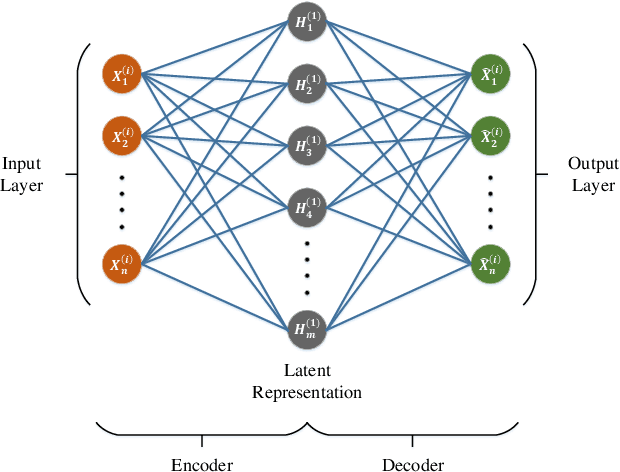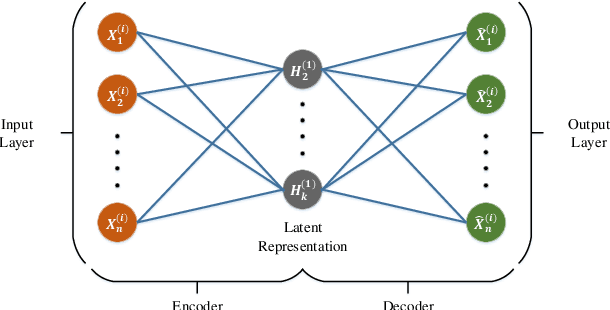Mohammed Gharib
5G Wings: Investigating 5G-Connected Drones Performance in Non-Urban Areas
Jul 03, 2023



Abstract:Unmanned aerial vehicles (UAVs) have become extremely popular for both military and civilian applications due to their ease of deployment, cost-effectiveness, high maneuverability, and availability. Both applications, however, need reliable communication for command and control (C2) and/or data transmission. Utilizing commercial cellular networks for drone communication can enable beyond visual line of sight (BVLOS) operation, high data rate transmission, and secure communication. However, deployment of cellular-connected drones over commercial LTE/5G networks still presents various challenges such as sparse coverage outside urban areas, and interference caused to the network as the UAV is visible to many towers. Commercial 5G networks can offer various features for aerial user equipment (UE) far beyond what LTE could provide by taking advantage of mmWave, flexible numerology, slicing, and the capability of applying AI-based solutions. Limited experimental data is available to investigate the operation of aerial UEs over current, without any modification, commercial 5G networks, particularly in suburban and NON-URBAN areas. In this paper, we perform a comprehensive study of drone communications over the existing low-band and mid-band 5G networks in a suburban area for different velocities and elevations, comparing the performance against that of LTE. It is important to acknowledge that the network examined in this research is primarily designed and optimized to meet the requirements of terrestrial users, and may not adequately address the needs of aerial users. This paper not only reports the Key Performance Indicators (KPIs) compared among all combinations of the test cases but also provides recommendations for aerial users to enhance their communication quality by controlling their trajectory.
AutoIDS: Auto-encoder Based Method for Intrusion Detection System
Nov 08, 2019



Abstract:Intrusion Detection System (IDS) is one of the most effective solutions for providing primary security services. IDSs are generally working based on attack signatures or by detecting anomalies. In this paper, we have presented AutoIDS, a novel yet efficient solution for IDS, based on a semi-supervised machine learning technique. AutoIDS can distinguish abnormal packet flows from normal ones by taking advantage of cascading two efficient detectors. These detectors are two encoder-decoder neural networks that are forced to provide a compressed and a sparse representation from the normal flows. In the test phase, failing these neural networks on providing compressed or sparse representation from an incoming packet flow, means such flow does not comply with the normal traffic and thus it is considered as an intrusion. For lowering the computational cost along with preserving the accuracy, a large number of flows are just processed by the first detector. In fact, the second detector is only used for difficult samples which the first detector is not confident about them. We have evaluated AutoIDS on the NSL-KDD benchmark as a widely-used and well-known dataset. The accuracy of AutoIDS is 90.17\% showing its superiority compared to the other state-of-the-art methods.
 Add to Chrome
Add to Chrome Add to Firefox
Add to Firefox Add to Edge
Add to Edge